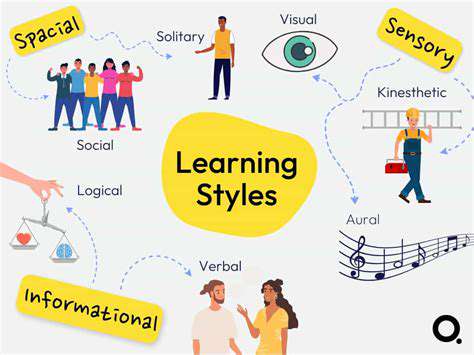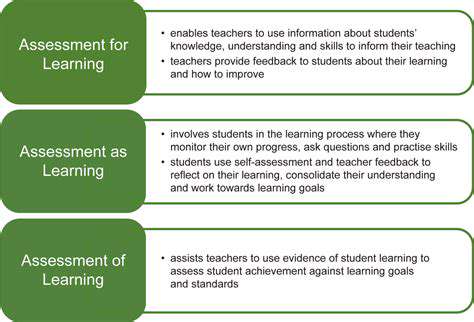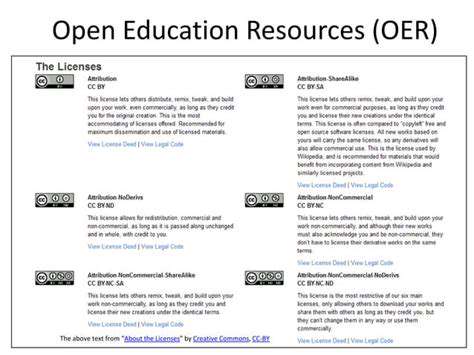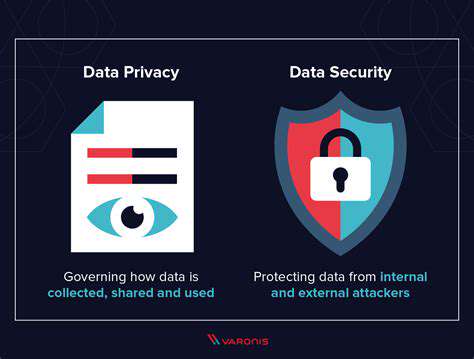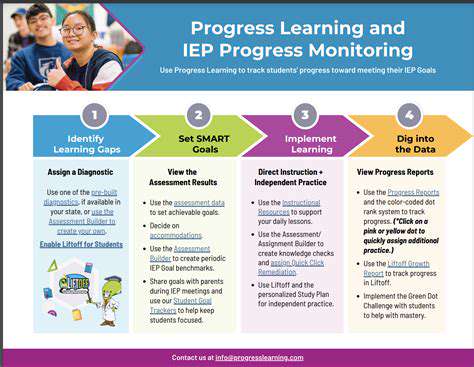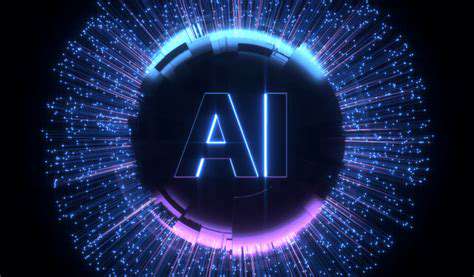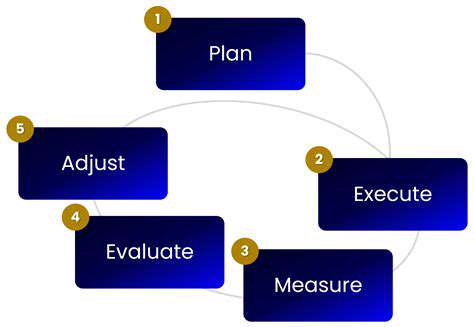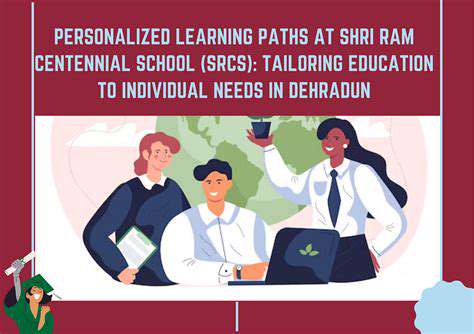Augmented Reality for K 12: Enhancing Everyday Lessons
Transforming Passive Learning into Interactive Experiences
Enhancing Engagement Through Immersive Experiences
Augmented reality (AR) offers a powerful tool for transforming passive learning into interactive experiences, especially in K-12 education. By overlaying digital information onto the real world, AR brings abstract concepts to life, allowing students to explore and manipulate 3D models, visualize historical events, or dissect complex scientific processes in a way that traditional methods simply can't replicate. This immersion fosters deeper understanding and a more active role for the learner, moving beyond rote memorization to genuine comprehension.
Imagine a student studying the human circulatory system. Instead of a static diagram, they can use an AR app to visualize the heart beating, blood flowing through veins and arteries, and even watch red blood cells travel in real-time. This dynamic interaction fosters a deeper understanding of the complexities of the system and makes the learning process more engaging and memorable.
Interactive Models and Simulations
AR applications excel at creating interactive models and simulations that make abstract concepts tangible. Students can manipulate virtual objects, change variables, and observe the outcomes in real-time, promoting active learning and problem-solving skills. This dynamic approach is particularly beneficial in STEM fields, where understanding complex processes and interactions is crucial.
For example, students studying physics can use AR to build and test virtual structures, experimenting with gravity, forces, and momentum. They can observe the effects of different variables in a safe and controlled environment, gaining practical insights into the underlying principles. This hands-on experience is invaluable for developing a deeper understanding of these concepts.
Bridging the Gap Between Theory and Practice
One of the significant advantages of AR in education is its ability to bridge the gap between theoretical knowledge and practical application. Students can use AR to explore real-world examples of the concepts they're learning, making the learning process more relevant and meaningful. This connection between theory and practice helps students solidify their understanding and apply their knowledge in diverse situations.
Personalized Learning Paths
AR applications can adapt to individual learning styles and paces, creating personalized learning paths for each student. By providing tailored feedback and customized learning activities, AR can help students build confidence and achieve their full potential. This level of personalization caters to diverse learning needs and ensures that every student has the opportunity to succeed.
Accessibility and Inclusivity
AR technology can make educational resources more accessible to students with diverse learning needs, including those with visual impairments, auditory processing difficulties, or physical limitations. AR apps can provide alternative ways to engage with content, offering audio descriptions, visual aids, and interactive elements that cater to a wider range of learning styles and needs. This inclusivity fosters a more equitable learning environment for all students.
Cost-Effectiveness and Scalability
While initial investment in AR technology might seem significant, the long-term cost-effectiveness and scalability of AR solutions in education are substantial. AR apps and resources can be reused across multiple subjects and grades, minimizing the need for repetitive content creation. With the increasing availability of affordable AR devices and software, AR technology is becoming more accessible to schools and educators of all budgets, fostering widespread adoption and innovation in educational practices.

Enhancing Subject Matter Comprehension Through Visualizations
Visualizing Complex Concepts
Augmented reality (AR) offers a powerful tool for visualizing complex concepts that might be difficult to grasp through traditional methods. Imagine trying to understand the intricate workings of the human heart. With AR, students or learners can overlay 3D models of the heart onto their physical surroundings, allowing them to manipulate and explore its different chambers and valves in a dynamic and interactive way. This hands-on experience fosters a deeper understanding and retention of the material compared to simply reading about it.
Improving Spatial Reasoning
AR applications can significantly enhance spatial reasoning skills. By placing virtual objects within the user's real-world environment, AR allows for a more intuitive understanding of spatial relationships. This is particularly beneficial in fields like architecture, engineering, and design, where visualizing three-dimensional structures is crucial. Students can virtually manipulate and rotate objects to understand their spatial arrangement, leading to better problem-solving and design capabilities.
Interactive Learning Experiences
AR transforms passive learning into active and engaging experiences. Instead of passively absorbing information from textbooks or lectures, users can interact with virtual objects, manipulate them, and explore their properties in a dynamic environment. This hands-on approach fosters a deeper understanding of the subject matter and creates a more memorable learning experience, leading to improved retention and comprehension.
Personalized Learning Paths
AR applications can adapt to individual learning styles and paces. By tracking user interaction and providing personalized feedback, AR systems can tailor the learning experience to suit each learner's specific needs. This personalized approach ensures that each individual receives the appropriate level of support and guidance, optimizing their learning outcomes. This level of customization is often absent in traditional learning methods.
Enhanced Engagement and Motivation
AR's interactive and immersive nature greatly enhances engagement and motivation. The incorporation of virtual elements into the real world creates a more exciting and stimulating learning environment. This increased engagement can lead to improved focus, reduced distractions, and a greater desire to learn more about the subject matter. This heightened enthusiasm is a key factor in promoting effective learning.
Accessibility for Diverse Learners
AR has the potential to improve accessibility for diverse learners. By providing alternative representations of information, AR can cater to different learning styles and preferences. Visual learners can benefit from interactive 3D models, while kinesthetic learners can engage with virtual objects in a hands-on manner. This adaptability makes AR a valuable tool for creating inclusive learning environments that benefit all students.
Real-World Applications and Simulations
AR allows for the creation of realistic simulations of real-world scenarios. This is particularly useful in fields like medicine, where students can practice surgical procedures or diagnose medical conditions in a safe and controlled environment. Similarly, in engineering, students can use AR to simulate the behavior of complex systems, providing valuable hands-on experience without the risks or costs of physical experimentation. These real-world applications make learning more practical and relevant.

Read more about Augmented Reality for K 12: Enhancing Everyday Lessons
Hot Recommendations
- The Gamified Parent Teacher Conference: Engaging Stakeholders
- Gamification in Education: Making Learning Irresistibly Fun
- The Future of School Libraries: AI for Personalized Recommendations
- EdTech and the Future of Creative Industries
- Empowering Student Choice: The Core of Personalized Learning
- Building Community in a Hybrid Learning Setting
- VR for Special Education: Tailored Immersive Experiences
- Measuring the True Value of EdTech: Beyond Adoption Rates
- Addressing Digital Divide in AI Educational Access
- Preparing the Workforce for AI Integration in Their Careers
